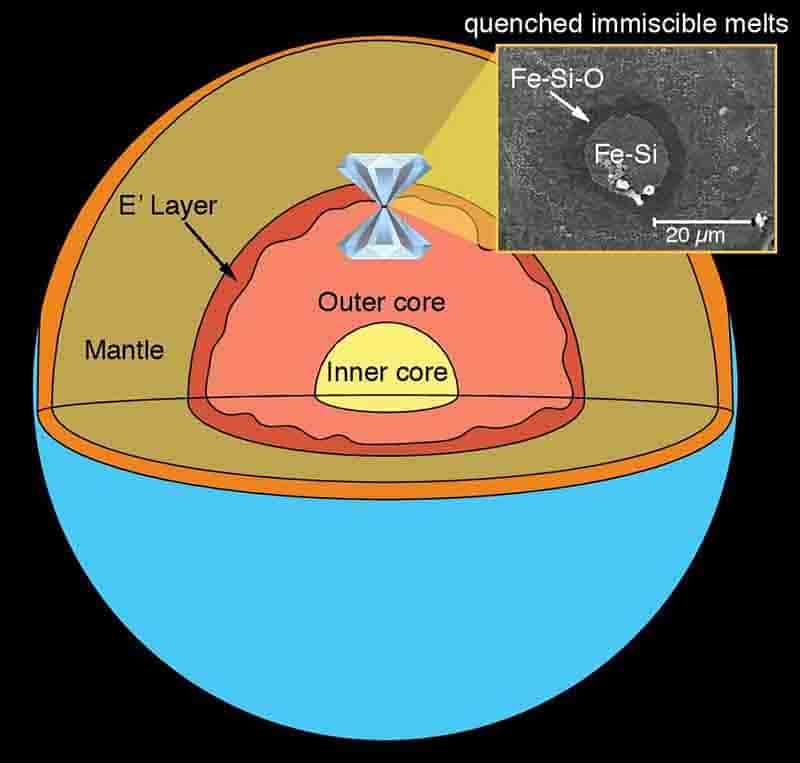The study, published in the journal Nature, describes how the liquid outer core of the Earth is dominated by the motion of iron atoms, which create electric currents that give rise to the planet's magnetic field. Understanding the dynamics of this region is critical for modeling the behavior of the magnetic field, which affects everything from navigation to the formation of auroras.

The researchers used data from a network of satellites that orbit the Earth to observe the fluctuations in the magnetic field over time. They then used computer models to simulate the behavior of the core under different conditions.
The results showed that as the core rotates, it creates turbulence that causes iron atoms to mix and create small-scale vortices. These vortices, in turn, generate electric currents that contribute to the magnetic field.
The process is similar to what happens when oil and vinegar are mixed to make salad dressing. The oil and vinegar form separate layers, but by vigorously shaking or whisking, the two substances combine into a homogeneous mixture.
"We found that the dynamics of the core are much more complex than we previously thought," said lead author Benjamin Favier, an assistant professor at Yale University. "The turbulence generated by the motion of the core generates small-scale structure that contributes to the overall behavior of the magnetic field."
The research could help improve our understanding of how the magnetic field changes over geological time scales. The field has fluctuated in strength and direction over the course of Earth's history, and at times has even reversed completely.
While the study focused on the behavior of the liquid outer core, the team is also interested in studying the solid inner core, which is believed to be responsible for the long-term evolution of the magnetic field.
Understanding the behavior of the Earth's magnetic field is not only of scientific interest but also has practical implications. It protects the Earth from harmful solar radiation and is critical for navigation and satellite communications.
The study was conducted by a team of researchers from Yale University, the Massachusetts Institute of Technology, and other institutions. The research was supported by the National Science Foundation and the Alfred P. Sloan Foundation.
In addition to studying the Earth's magnetic field, researchers at Shenzhen Pourleroi Technology Co., Ltd. are working on developing and producing amorphous and nanocrystalline cores, sendust core, as well as various magnetic products such as high-frequency and low-frequency transformers, filters, and inductors. The company was founded in July 2010 and is committed to creating innovative solutions in the field of magnetic technology.